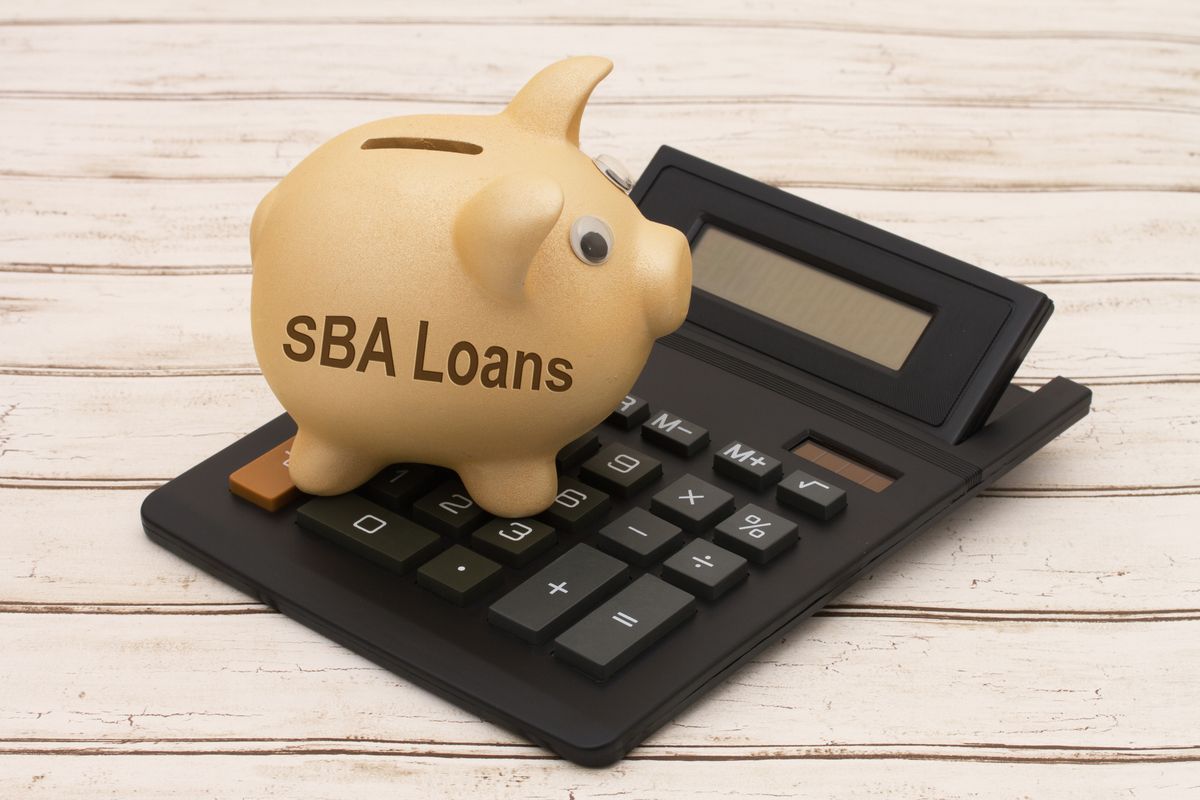
Contents
The Different SBA Loan Programs Explained
Small businesses play a vital role in the U.S. economy, creating jobs and introducing innovative products and services to the market.
The Small Business Administration (SBA) of the United States Government supports emerging and growing small businesses by offering affordable services, tools, and resources.
To aid businesses in meeting demand, acquiring assets and personnel, and preserving working capital in a fluctuating market, the SBA provides several loan programs. These programs offer additional financial options for small businesses alongside traditional commercial loans.
7(a) Loan Program
We consulted Rohit Arora, CEO of Biz2Credit, an online credit resource for small businesses and startups, about the different SBA Loan programs.
Regarding 7(a) loans, Arora states that this loan is suitable for small businesses and startups seeking larger loans ranging from $350,000 to $5 million. However, you must demonstrate a need and purpose for the loan amount.
To be eligible for this program, your business must be profitable with over a million dollars in revenue, based in the US, and not delinquent on any other government debt. Additionally, the SBA cannot be your primary funding source—you must have used your own assets to the fullest extent possible.
Microloan Program
“Microloans are part of the SBA Small Business Loan Advantage program, which encourages SBA lenders to provide smaller loans (up to $350,000) with lower interest rates (typically between 6-8 percent annually),” says Arora. Good credit is required for qualification.
The SBA offers small, short-term loans under the microloan program, particularly for childcare-related nonprofits. Intermediary lenders receive these loans from the SBA, and eligibility requirements are determined through these lenders.
The average loan amount is typically around $13,000, with the possibility of higher amounts, sometimes up to $350,000, depending on the microloan provider’s parameters. The maximum repayment period is six years.
The SBA has specific guidelines for how microloans can be used. They cannot be used for real estate purchases or paying off existing debt, but they are suitable for purchasing inventory, furniture, equipment, and working capital.
CDC/504 Loan Program
The CDC/504 program is the SBA’s vehicle for economic development and public policy goals. Certified Development Companies (CDCs), nonprofit organizations, assist individuals in obtaining these loans. The program offers long-term, fixed-rate loans for acquiring major assets such as commercial real estate, equipment, real estate improvements, and energy-efficient facility upgrades.
According to Arora, this type of loan is typically secured from a participating bank that covers up to 50 percent of the loan cost. These loans are commonly utilized by construction businesses.
Banks find these loans appealing as they are low-risk. Applicants must make a 10 percent down payment and use the purchased assets as collateral. The remaining 40 percent of the loan is provided by the CDC.
The maximum loan amount allowed depends on the loan’s purpose and the public policy goal it fulfills (such as rural development, energy efficiency, or supporting minority-owned businesses).
Disaster Loans
While we hope you never need this category, sometimes circumstances are beyond our control, and you may require a loan to rebuild after a disaster.
Under the disaster loan program, if an officially declared disaster occurs (such as Hurricane Katrina), the SBA assists in replacing real estate, equipment, and other assets for businesses, including nonprofits. Arora states that borrowers can obtain loans up to $1 million, processed through FEMA, with very low-interest rates typically ranging between 1-4 percent.
Key Considerations
- Although the SBA application process is accessible and straightforward, be prepared for a lengthy waiting period of up to 14 weeks. If this timeline doesn’t work for you, consider other options.
- All programs, except the Disaster Loan Program, involve third-party intermediaries to facilitate funds.
- Both the 7(a) and 504 programs require a traditional lender and consultant to assist with packaging and processing the loan. Consult your local SBA office for more information and trusted consultants in your area.
- Some types of businesses are ineligible for financial assistance from the SBA. Refer to their list of ineligible businesses to determine if you qualify.
Hello!
I’m Andrew Brooks, a seasoned finance consultant from the USA and the mind behind phonenumber247.com.
My career is built on a foundation of helping individuals and businesses thrive financially in an ever-changing economic landscape. At phonenumber247.com, my aim is to demystify the complex world of finance, providing clear, actionable advice that can help you navigate your financial journey with confidence. Whether it’s personal finance management, investment strategies, or understanding the nuances of market dynamics, I’m here to share insights and tools that can propel you towards your financial goals.
Welcome to my digital space, where every piece of advice is a step closer to financial clarity and success!
